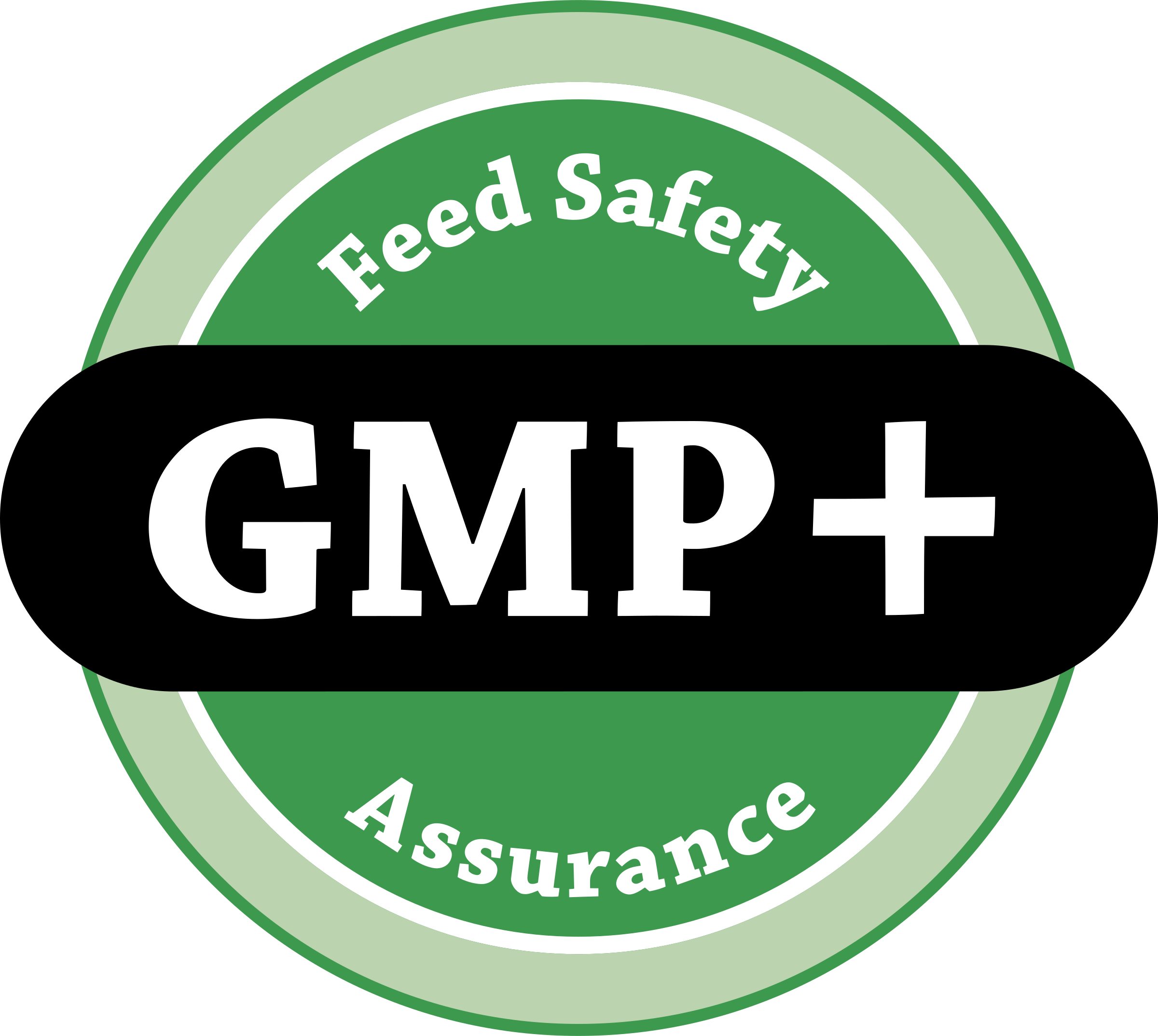When it comes to toxins that can harm poultry and livestock, first thing which comes into our mind is MYCOTOXINS, but there are various other toxins which are potential threat to livestock industry. One such hidden threat is ENDOTOXIN.
Endotoxins are cosmopolitan in the environment. Be it in the air, the water, soil and also in the gastrointestinal tract of animals and birds. Protecting all livestock from their toxic effects should be a priority for everyone from feed to farm.
What actually endotoxin is????
Endotoxins refer specifically to the lipopolysaccharide (LPS) located in the outer membrane of Gram-negative bacteria.
LPS are chemically composed of an outer O-polysaccharide chain, an inner R-polysaccharide chain and lipid A. The latter is the toxic part of the molecule. The exact structure of lipid A varies between different bacteria, which leads to different levels of toxicity.

LPS are released into the environment when the bacteria multiply or when their cell membranes rupture through bacterial lysis and thus causes an inflammatory immune response in the animal which comes at the expense of the production performance.
Gut: Most liked the place of endotoxins…
Gastrointestinal tract is the main target site, where they can be transferred from the lumen into the bloodstream, causing endotoxemia. The permeability of the gut is tightly controlled by enterocytes which are connected by tight junction proteins, this keeps endotoxins on the luminal side. But when dysbiosis occurs, several external factors (Heat stress, sudden changes in diet, pathogen, low ruminal pH and high osmolality etc.) increases gut permeability and excessive triggering of the immune system. This promotes leakage of endotoxins into the bloodstream, can result in septic shock and even death.
Endotoxins increase Oxidative stress
LPS challenges also induce oxidative stress, which disrupts the intestinal barrier function. Levels of malondialdehyde (MDA), the main oxidative degradation product increase, while cellular expression of antioxidant enzymes and the total antioxidant capacity in the intestinal mucosa decrease.

Potential source of Endotoxins transfer
The translocation of endotoxins into the blood stream can also take place across the rumen epithelium, which is a multi-layer structure and is covered by keratinized cells. A single Escherichia coli contains about 2 million Lipopolysaccharide molecules per cell. Since faecal contamination of feeds is widespread on farms, it is an important to route for exposure of animals or birds to bacterial toxins. The potential for exposure to bacteria also exists when poultry litters are fed to cattle. Clostridium botulinum bacteria produce several exotoxins that are among the most potent toxins known. Bone meal can be a possible source of botulism. Like providing the products which are adequately heat processed, the risks of contamination with E. coli, Salmonella spp. and Campylobacter spp. are likely to be controlled.
Mechanism of transfer
- LPS can easily come into contact with the cells of the lamina propria(a layer of connective tissue underneath the epithelium) through the microfold (M) cells of the Peyer’s patches (which consist of gut-associated lymphoid tissue). The M cells are not covered by mucus and thus exposed.
- Secondly, LPS can also pass through the mucosa, where they become entangled in this gelatinous structure. There, they come into contact with the lymphocytes or can reach the regional lymph nodes through the afferent lymphatic vessels.
- Thirdly, LPS might affect the tight junctions, the multiprotein complexes that keep the enterocytes (cells that form the intestinal villi) cohesive. By destabilizing the protein structures and triggering enzymatic reactions that chemically degrade them, LPS can break the tight junctions, reaching the first capillaries and, consequently, the bloodstream.
Endotoxin Mitigation
Lipopolysaccharides are a constant challenge for animal production. The quantity of Gram-negative bacteria in an animal intestine is considerable; therefore, the danger of immune system over-stimulation through endotoxins cannot be taken lightly. Producers need to prioritize the maintenance of intestinal eubiosis in production animals proactively; for instance, through targeted gut health-enhancing additives based on phytomolecules and, possibly, organic acids.
The most important thing is to determine if they are actually causing any harm to birds, before investing in prevention. If a real effect is determined, the following strategies can be used.
- Vaccines with endotoxin segments. Lipid A has been used experimentally to obtain protection. The only major drawback is the high cost of production.
- Use of mycotoxin binders mixed with the feed (Clay or organic binder). In in-vitro tests, about 90% of adsorption capacity of endotoxins is reported, however, this does not mean they necessarily work when used in animal feed.
Several scientific tests carried out on pigs in the United States have demonstrated the efficacy of some clays in neutralizing the negative effects, diarrhea and poor productive parameters, by challenging experimentally with pathogenic strains of E. coli. Although endotoxins are not measured in these reports, it is speculated that part of the effectiveness of these products is a consequence of neutralizing the endotoxins released by the bacteria used in the challenge.



